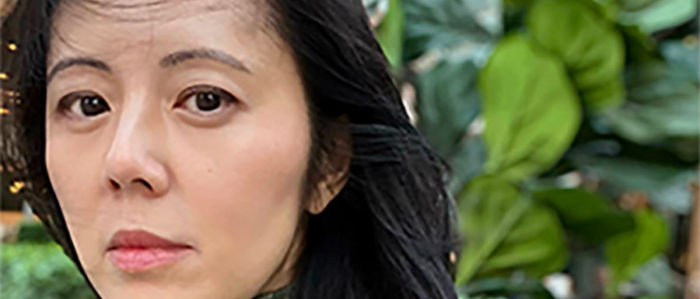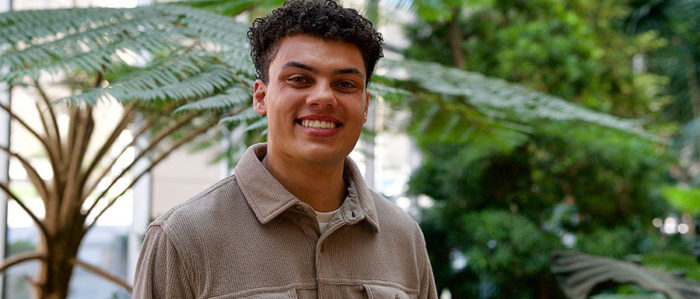 The first art history class I took was 202 with Anna Andrzejewski. It was my first semester of freshman year at UW, and I wanted to experience something I had never really explored before and embrace the Wisconsin experience.
The first art history class I took was 202 with Anna Andrzejewski. It was my first semester of freshman year at UW, and I wanted to experience something I had never really explored before and embrace the Wisconsin experience.
I was majoring in neurobiology and then going to medical school afterward, but art was always something that I thought would be nice to know more about. I didn’t think I’d come to love it as much as I did.
It was an incredible course, both the lecture and the honors seminar. I had never thought before about how inextricably linked history, culture, politics, religion and current events are with art and the creation of art. Going into it, I expected I would learn about some beautiful paintings and maybe memorize some art styles, but instead I quickly found I was learning world history and how it influenced people and thus their art. I was invigorated; I wanted to learn as much as I could about art history.
A few months later, I joined the honors study-abroad program in Florence, studying art history with Barbara Buenger and European economics with faculty from Michigan. We saw so many of those canonical works in person.
One in particular sticks out: the staircase in the Biblioteca Laurenziana. Had I not studied it in these art history classes, not only would I not have thought to go to that building, but I also would have thought it was just some stairs. But learning about it in my art history classes brought it to life. This was a staircase that Michelangelo designed for the Medici family, integral to the politics of Florence and the Renaissance as a whole, and this was art just beginning to push the boundaries of creativity.
After the study-abroad experience, I spent the next year back in the neuroscience world, preparing for medical school. But I wanted to take more art history courses during college. I did a summer course on African art history with Henry Drewal.
The art history courses completely changed how I analyze and appreciate art in museums and in everyday life and in my work as a physician. The formal analysis of the art world is a lot like examining a patient in my world of medicine. It teaches me to pay attention to details, to look at the elements individually and then put them together.
I even teach my medical students to approach a sick patient like a Seurat painting: You have to get really focused on the small dots of color (lab values, vital signs, heart sounds, family history, etc.), but then you have to step back and see the whole picture in order to accurately diagnose and treat the patient.
Story courtesy of the Art History Department.





